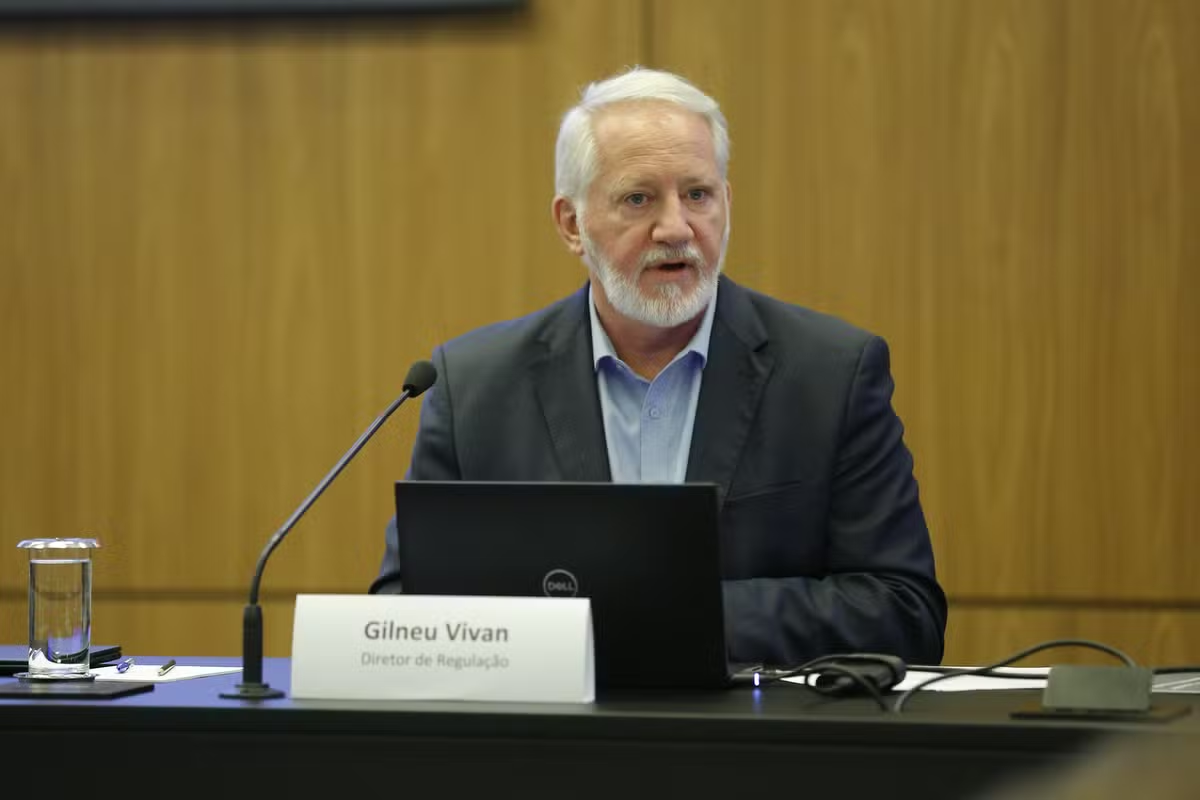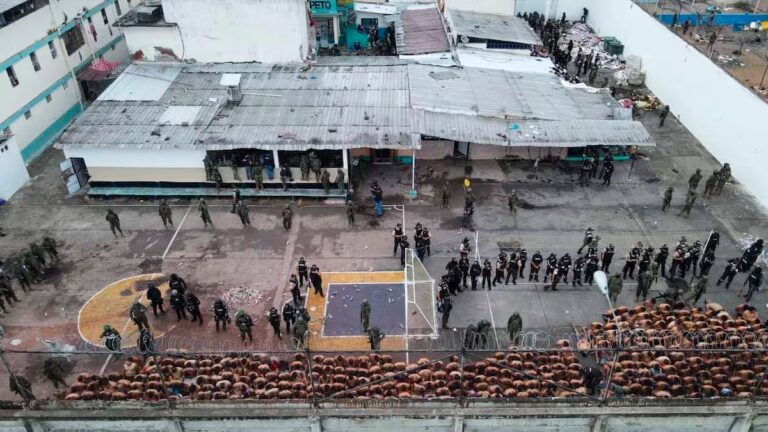
Gilnew Vivant, head of the central bank’s regulatory department, said the virtual currency regulations published today will integrate negotiations between financial markets and virtual assets. According to him, this regulation is related to the fight against financial stability and the use of these instruments for the purpose of hiding assets. “We are now introducing negotiations with virtual assets into a regulated market. They will follow the example of PLD and fight terrorism, which will reduce the scope for exploitation of this market for fraud, fraud and money laundering,” Vivan said.
According to the BC director, this is an issue that has taken a lot of effort to balance fostering innovation with the safety of transactions in the financial system. “The first important issue is to understand that this whole structure that we are introducing will bring even more security to people investing in crypto assets in Brazil,” he assesses.
The BC Director said that the requirement for virtual asset service providers (PSAVs) to inform their customers about the risks to which they are exposed will significantly increase trust and protection for users of the financial system.
He also stressed that the regulation will “fundamentally harmonize” the requirements for traditional exchange trading and virtual asset management. “In other words, service providers will have to follow the same requirements that banks comply with when operating foreign exchange markets, such as counterparty identification and anti-money laundering requirements.”
Regarding stablecoins (virtual currencies whose value is linked to the value of traditional currencies such as the dollar), Mr. Vivant announced that “more stringent rules” will be adopted. “We do not accept algorithmic stablecoins,” he said. Stablecoins typically maintain 1:1 parity with a traditional currency, such as the dollar, through reserves denominated in that currency. Algorithmic stablecoins, on the other hand, do this through complex asset writing and issuance mechanisms. This was the famous case of Terra/Luna, which collapsed in 2022 and left investors with billions of dollars in losses.
Vivan also said that defining virtual currency taxation is the role of the Federal Revenue Service. Therefore, the possibility of collecting financial operations tax (IOF) on international transactions using crypto assets depends on tax regulations.
minimum capital requirements
At a press conference, Vivan said the new minimum capital requirements for cryptocurrencies follow rules announced last week by the National Monetary Council (CMN). “The new minimum capital requirements for cryptocurrencies range from R$10.8 million to R$37.2 million,” he said.
Hearing 109, which led to the new regulations, divided the capital requirements into three ranges. The custodian will receive 1 million reais, the intermediary will receive 2 million reais, and the broker will receive 3 million reais. Therefore, for some companies in this sector, requirements can increase by a factor of 10 or more. “Our main objective here is to ensure that those operating in the market are solid, reputable and technically prepared institutions,” said the BC director.
Vivan also explained that institutions that already operate virtual assets and do not comply with the new virtual currency regulations announced by the authorities today will have to cease their activities. He said the standard sets a deadline for companies to notify customers before ceasing operations. “In the unlikely event that an institution managing virtual assets fails to follow this process, there is already a 30-day period in place to notify customers and cease operations,” he said.
According to the director, the adoption of these standards will bring Brazil in line with international best practices. “To act as a virtual asset service provider, you need a license. Everyone who wants to operate in this market must request a license,” the director emphasizes. He also pointed out that companies already offering the service will have to go through their own licensing process.



